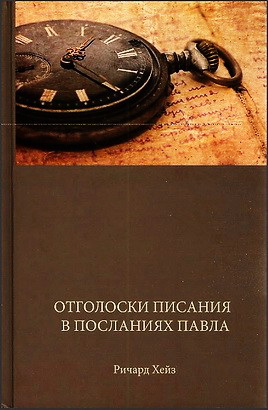
Flusser - Judaism of the Second Temple Period - Volume 1
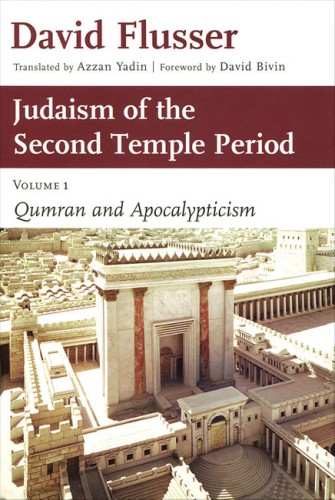
There are, to be sure, a number of scholars who argue that the members of the Qumran community are not Essenes, and these views do sometimes find favor in the broader public. However, this is largely because those who see the Qumran community as Essenes are so confident in the identification that they no longer bother to gather supporting evidence. As one scholar has rightly noted, in the early days of Qumran scholarship, Josephus's description of the Essenes was used to clarify the Qumran scrolls, but today, with the publication of additional scrolls and advances in research, the Qumran scrolls shed light on Josephus's account of the Essenes. Indeed, the Essene writings demonstrate just how accurate Josephus was in describing the community, what aspects of their life he passed over in silence, and how lacking such precision is in Philo's historical writings. The scrolls indicate that Josephus writes as a responsible historian, while Philo is more of an apologetic midrashist.
But while the discovery of the scrolls has provided answers for most of the questions raised by Josephus's description of the Essenes, one major issue remains unanswered: is the division of Second Temple Jewish society into three schools a schematic construct invented by Josephus, or a more or less accurate reflection of the historical reality of the day? The publication of the Dead Sea Scroll known as Pesher Nahum indicates that it was not just Josephus who divided Jewish society into three schools — the Pharisees, the Sadducees, and the Essenes — but the Essenes themselves adhered to this view.
David Flusser - Judaism of the Second Temple Period - Volume 1 - Qumran and Apocalypticism
Wm. B. Eerdmans Publishing Co, Grand Rapids,MI,
The Hebrew University Magnes Press, Jerusalem, Israel
Jerusalem Perspective, Jerusalem, Israel
2007 - 356 pp.
ISBN 978-0-8028-2469-1
David Flusser - Judaism of the Second Temple Period - Volume 1 - Contents
- Foreword
- Acknowledgments
- Introduction: Qumran and the Essenes
- 1. The Dead Sea Sect and Its Worldview
- 2. The Essene Worldview
- 3. The Economic Ideology of Qumran
- 4. Medicine and Qumran
- 5. A Pre-Gnostic Concept in the Dead Sea Scrolls
- 6. "In the Image of the Likeness of His Form"
- 7. "Not by an Angel .. ."
- 8. A Qumran Fragment and the Second Blessing of the Amidah
- 9. 4QMMT and the Benediction Against the Minim
- 10. The 'Book of the Mysteries' and the High Holy Days Liturgy
- 11. Apocalyptic Elements in the War Scroll
- 12. The Death of the Wicked King
- 13. A Comment on a Prayer for the Welfare of King Jonathan
- 14. The Roman Empire in Hasmonean and Essene Eyes
- 15. The Eschatological Temple
- 16. Pharisees, Sadducees, and Essenes in Pesher Nahum
- 17. The Apocryphal Psalms of David
- 18. The "Flesh-Spirit" Dualism in the Qumran Scrolls and the New Testament
- 19. "The Secret Things Belong to the Lord" (Deut. 29:29): Ben Sira and the Essenes
- 20. The Jewish Origins of the Early Church's Attitude toward the State
- 21. The Isaiah Pesher and the Notion of Twelve Apostles in the Early Church
- 22. The Half-shekel in the Gospels and the Qumran Community
Index of Names
Index of Subjects
Index of Sources
David Flusser - Judaism of the Second Temple Period - Volume 1 - The Eschatological Temple
The last chapter in my book on Jesus deals with two Jewish approaches to the end of days: one found in Jewish apocalyptic literature, the other in the writings of the rabbinic sages. Both describe the world to come in fundamentally similar terms: it will be a post-historical era, the time of a new creation, the resurrection of the dead and the great day of judgment; in the end of days, a new Jerusalem will be established, in which God himself will construct a new and everlasting temple. Judaism is not, of course, based on binding dogmas, so not all Jews accepted this conceptual construct in its entirety.
A concise summary of the Jewish view of the eschaton is found in the opening of the Qaddish "Who Renews" (ד' הדתא), which I cite here according to the prayer book of Rav Sa'adia Gaon (p. 350): "Who will renew the world and resurrect the dead, he will establish the city of Jerusalem and beautify the temple, and uproot the worship of idols [literally: created things], then bringing about a love for the worship of God."
Another description of what Israel can expect after the new creation is cited in the name of Rabbi Elazar of Modi'in (early second century c.e.) , in his interpretation of Exodus 16:25: "If you will succeed in keeping the Sabbath, the Holy One, blessed be He, will give you six good portions: The land of Israel, the future world, the new world, the Kingdom of the house of David, the priesthood, and the Levites' offices. Thus [Scripture] states, 'eat it today'." True, the list does not explicitly mention the new Jerusalem and the reconstructed temple, but they are undoubtedly included in 'the Kingdom of the house of David; and 'the priesthood'.
On the other hand, the list in the "Who Renews" qaddish does not describe the act of new creation (but rather states it as something that will happen in the future), an act that is necessary for all the events it enumerates. A new creation is already mentioned as early as Isaiah 65:17: "For I am about to create new heavens and a new earth; the former things shall not be remembered or come to mind" (and see also 66:22). This idea gained wide currency in the apocalyptic and eschatological literature in both the Second Temple period and post-70. A survey of the relevant sources indicates that the concept of a new Jerusalem and an eschatological temple developed in the wake of the destruction of the first temple and the return of the Babylonian exiles.
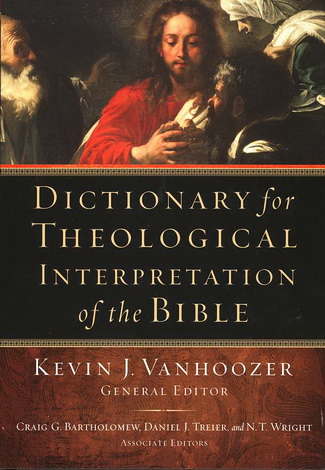
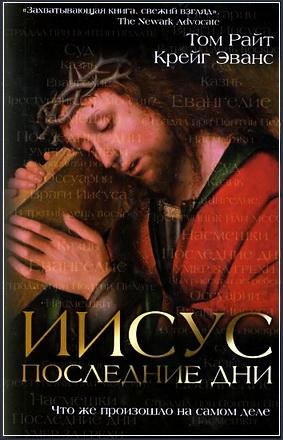
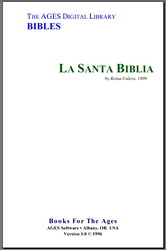
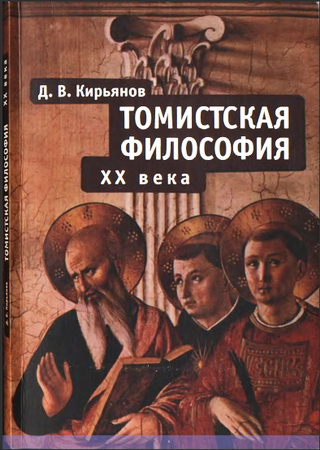
Комментарии (1 комментарий)
спасибо